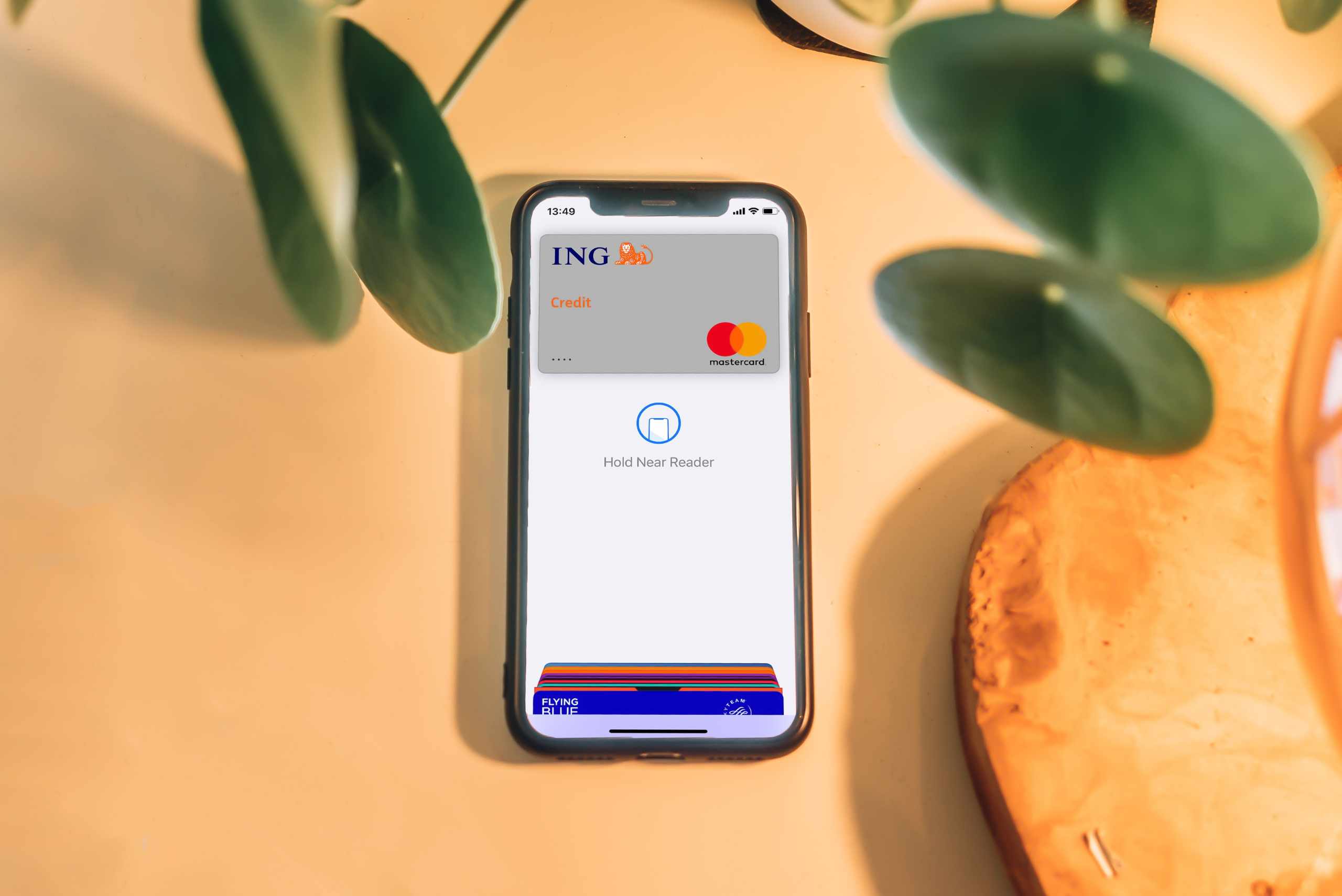Neobanks and mobile banking solutions are increasingly using flutter for the finance app development process, as it offers a single code base that can be maintained and developed for multiple mobile platforms such as iOS and Android, and as a result of the unified code base, reduces the costs associated with the development of finance banking app development? Flutter is popular for developing finance apps because of the unification it provides across platforms and a single code base. With Flutter, developers can create a single code base for different devices, including iOS and Android. As a result of this unified code base, mobile banking app development costs are reduced by collaborating on the same app instead of creating three separate apps with different UIs and UX designs. Flutter is also widely popular because it allows developers to build high-performing apps that have a single codebase. The process of creating a mobile banking app with Flutter can be broken down into 3 main steps.
Before developing the app, the first step is to define and create assets that are necessary for the app to function. Assets often consist of screens and widgets such as a login screen, profile screen, settings screen, etc., which need to be defined for each screen. Every screen needs to have a name, a URL, and an icon for the screen.
How can Flutter be Used to Create a Challenger Finance Banking App
The required assets for the app include a login screen, navigation bar, settings screen, and an account screen. In addition to screens for the app, there are other assets such as a list of accounts, radio buttons used to set account preferences on the settings screen, and images representing the different account types in use on the top-level screen. Once these defined assets have been created, they can be incorporated into Flutter through widgets. Widgets consist of both static and dynamic code that can be organized in a multi-level hierarchy and then used to create screens for the app. A menu bar widget is created with a menu of account types that can be selected and then applied to the screen of the app. The radio button widget is also created with two radio buttons and when these two widgets are placed on the settings screen, they indicate which account type should be enabled by default on this screen. The assets that have been defined in Flutter are interactive, meaning they simply act as placeholders.
Flutter offers a great and low cost option for fintech start-ups to create a challenger finance banking app as it comes packed with great features and access to native platform elements and widgets that can be used by the developers to create finance-related banking apps.





Comment here